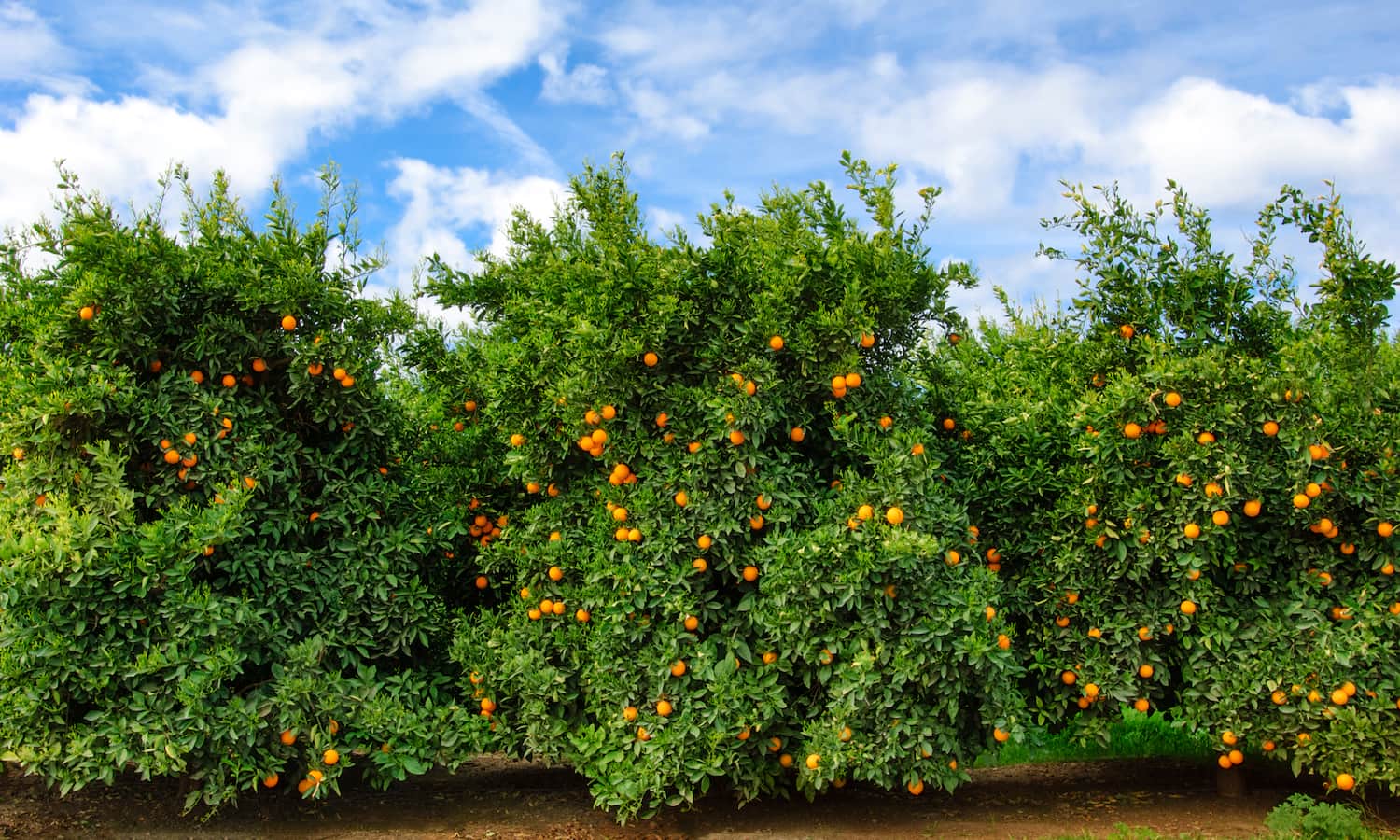More food loss occurs in fields than previously thought, according to a new study from Santa Clara University in California. Researchers found that 33.7 percent of the crops produced on the farms they surveyed are lost before they leave the field. Studies of field-level food loss are uncommon, challenging to conduct, and use various definitions of loss. Food loss and waste can contribute significantly to greenhouse gas emissions.
The report examines two aspects of food loss: “the first is product left behind in harvested fields, often because it does not meet market standards or because market prices are too low to justify harvesting. The second is product left behind in fields that are never harvested at all, known as ‘walk-by’ fields in the industry.” Walk-by loss alone accounts for 2.4 percent of the total loss found in the study and is not always included in definitions of loss. Farmers often report leaving fields unharvested if the market price is lower than the cost of harvesting and packing or if the crop becomes severely damaged by disease or pests.
The study worked with 34 mid-size to large growers to conduct their in-field surveys across 123 fields in northern and central California. This area of California is often referred as the Salad Bowl of the World given its rich agricultural potential. But Second Harvest notes that 27 percent of their community was at risk of hunger despite proximity to this fertile land. Using this insight, the study focuses on hand-harvested field crops in this area as the researchers “believe these crops to have the highest untapped potential for recovery.”
According to the researchers, strict market demands and buyer specifications related to shape, size, and color often force growers to leave edible produce in the field or unharvested. This report hopes to highlight solutions to food loss and waste upstream in the supply chain while food is still in growers’ fields, preventing waste before it starts.











